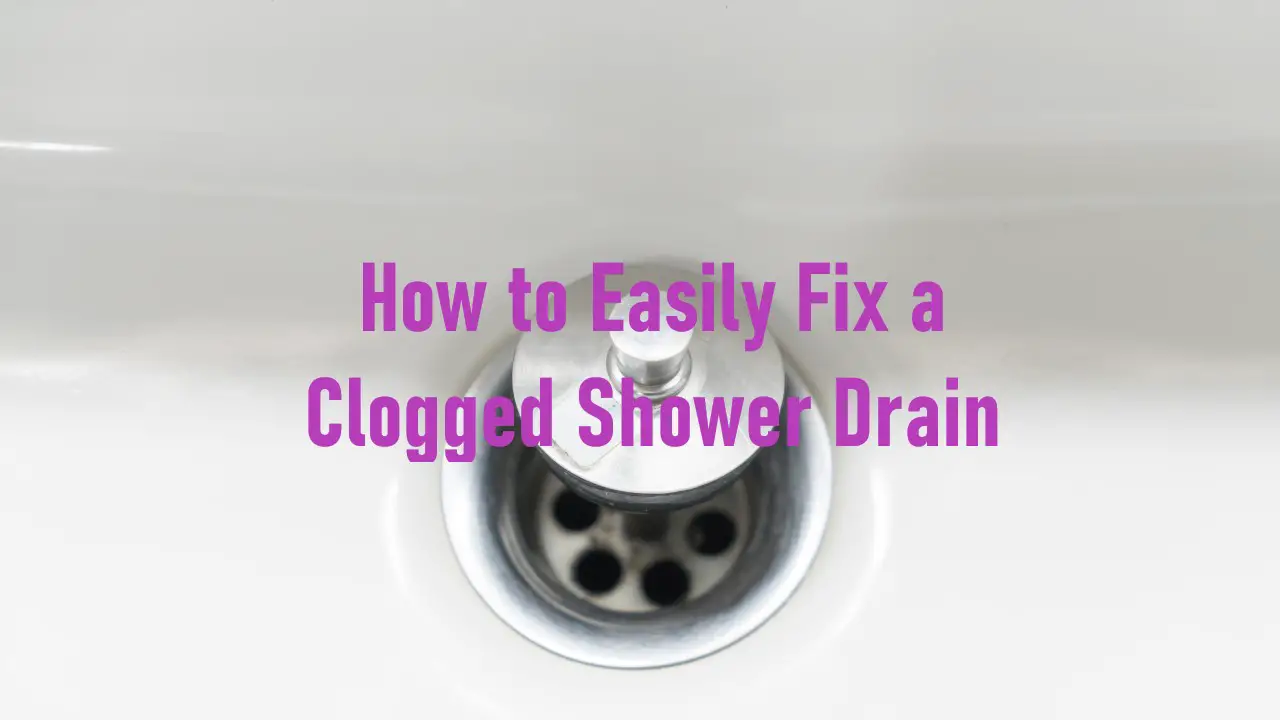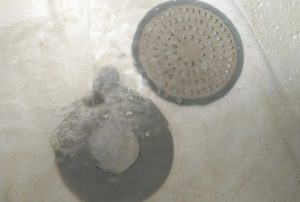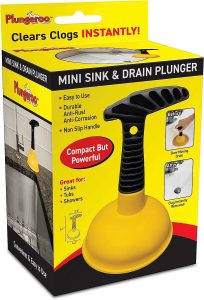Clogged shower drains can be a frustrating problem to deal with. Water pooling around your feet during a shower is not only unpleasant, but it can also lead to water damage and mold growth. Fortunately, fixing a clogged shower drain is often a simple task that can be done without calling a plumber.
Before attempting to unclog the drain, it’s important to identify the cause of the blockage. Hair, soap scum, and mineral buildup are common culprits. If the clog is caused by hair, a drain snake or plunger may be effective. For mineral buildup, a mixture of vinegar and baking soda can help break down the deposits. If these methods don’t work, it may be necessary to remove the drain cover and manually remove the clog with a tool or your hands.
Prevention is key when it comes to avoiding clogged shower drains. Using a drain cover to catch hair and debris, regularly cleaning the drain, and avoiding pouring grease or oil down the drain can all help keep your shower drain flowing smoothly. With a little bit of effort, you can avoid the inconvenience and expense of a clogged shower drain.
Page Contents
Understanding the Problem
Identifying a Clogged Shower Drain
A clogged shower drain is a common plumbing problem that can cause water to back up and overflow onto the bathroom floor. Signs of a clogged shower drain include water draining slowly, a foul odor coming from the drain, and water backing up into the shower or bathtub. If you notice any of these signs, it’s important to address the problem as soon as possible to prevent further damage.
Common Causes of Clogs
There are several common causes of clogged shower drains. Hair is the most frequent culprit, as it can accumulate and form a blockage over time. Soap scum and mineral buildup can also contribute to clogs, as can foreign objects like shampoo bottle caps or toys. In some cases, clogs can be caused by tree roots growing into the pipes, but this is less common in shower drains than in outdoor plumbing.
To prevent clogs from forming in the first place, it’s important to be mindful of what goes down the drain. Using a drain cover to catch hair and other debris can help, as can avoiding pouring grease or oil down the drain. Regularly cleaning the drain with a mixture of vinegar and baking soda can also help prevent buildup.
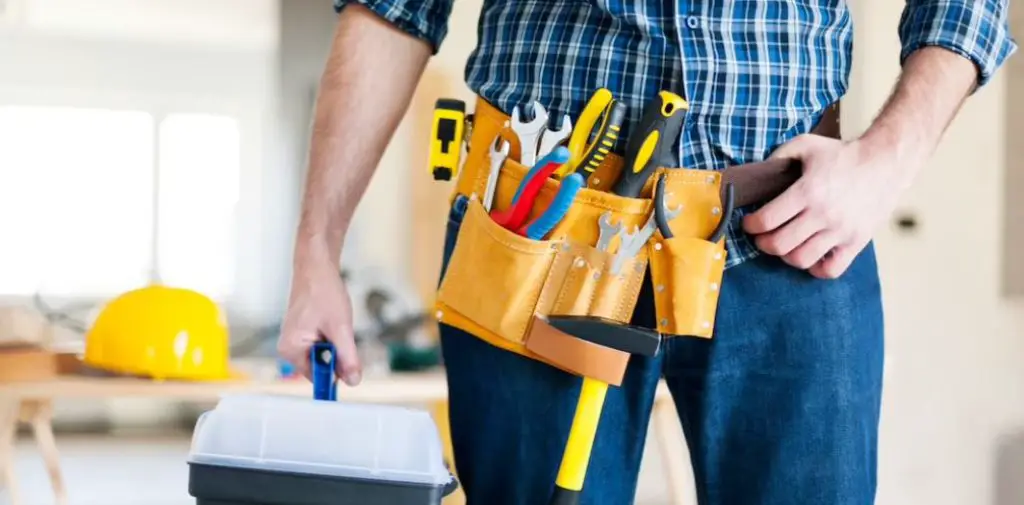
Preparation
Before attempting to fix a clogged shower drain, it is important to prepare and gather the necessary tools. This will help ensure that the process is smooth and efficient. The following are some steps to take in preparation for fixing a clogged shower drain.
Gathering Necessary Tools
The first step in preparing to fix a clogged shower drain is to gather the necessary tools. These tools can include:
- Plunger: A plunger is a common tool used to unclog a drain. It creates suction that can help to remove the blockage. It is important to use a plunger specifically designed for drains, as opposed to a toilet plunger.
- Drain Snake: A drain snake is a long, flexible tool that can be used to remove blockages from the drain. It is inserted into the drain and can break up or pull out the blockage.
- Chemical Drain Cleaner: Chemical drain cleaners are designed to dissolve blockages in the drain. They work by breaking down the material causing the blockage. It is important to follow the instructions carefully when using chemical drain cleaner.
Safety Measures
When fixing a clogged shower drain, it is important to take some safety measures to protect yourself and your plumbing system. Here are some safety measures to consider:
- Wear Gloves: Wearing gloves can protect your hands from any chemicals or bacteria that may be present in the drain.
- Protect Your Eyes: Protecting your eyes with goggles can prevent any splashes or sprays from getting into your eyes.
- Ventilate the Area: When using chemical drain cleaner, it is important to ventilate the area to avoid inhaling any harmful fumes.
By taking these steps in preparation for fixing a clogged shower drain, you can ensure that the process goes smoothly and safely.
Basic Techniques
There are several basic techniques that can be used to fix a clogged shower drain. These techniques can be performed without the help of a professional plumber and are often effective in clearing minor clogs. This section will cover two of the most common basic techniques: manual removal and using a plunger.
Manual Removal
Manual removal involves physically removing the clog from the drain. This technique is best used for clogs caused by hair or other debris that is easily visible and reachable. Here are the steps to follow for manual removal:
- Put on a pair of gloves to protect your hands.
- Remove the drain cover or stopper using a screwdriver or your hands.
- Use a flashlight to locate the clog.
- Reach into the drain with your fingers or a pair of pliers and pull out the clog.
- Dispose of the clog in a trash can.
Using a Plunger
Using a plunger is a simple and effective way to remove a clog from a shower drain. Here are the steps to follow for using a plunger:
- Fill the shower with enough water to cover the plunger.
- Place the plunger over the drain and press down firmly to create a seal.
- Push and pull the plunger up and down rapidly for about 20 seconds.
- Remove the plunger and check if the water drains. If it does not, repeat the process.
When using a plunger, it is important to ensure that the plunger is the correct size for the drain. A plunger that is too small will not create a proper seal, while a plunger that is too large can damage the drain.
In conclusion, manual removal and using a plunger are two basic techniques that can be used to fix a clogged shower drain. These techniques can be effective for minor clogs caused by hair or other debris. If these techniques do not work, it may be necessary to seek the help of a professional plumber.
Advanced Techniques
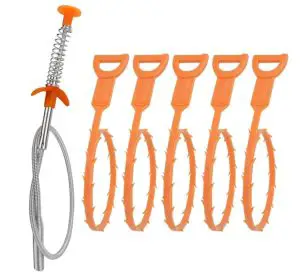
If the simple techniques do not work, there are more advanced techniques that can be used to fix a clogged shower drain. Two of the most effective advanced techniques are using a plumber’s snake and chemical drain cleaners.
Using a Plumber’s Snake
A plumber’s snake, also known as a drain snake, is a long, flexible tool that can be inserted into a drain to remove clogs. To use a plumber’s snake, insert the end of the snake into the drain and turn the handle to move the snake deeper into the drain. When you feel resistance, turn the handle to break up the clog. Then, pull the snake out of the drain and dispose of the clog.
Using a plumber’s snake can be an effective way to remove clogs that are deep in the drain. However, it can be difficult to use and requires some skill. If you are not comfortable using a plumber’s snake, it is best to call a professional plumber.
Chemical Drain Cleaners
Chemical drain cleaners are another advanced technique that can be used to remove clogs from shower drains. These cleaners work by dissolving the clog and allowing it to flow down the drain. There are many different types of chemical drain cleaners available, including those that use acid, alkaline, or enzymatic formulas.
When using chemical drain cleaners, it is important to follow the instructions carefully. These cleaners can be dangerous if not used correctly, and they can also damage pipes if used too frequently. It is also important to wear gloves and eye protection when using chemical drain cleaners.
Overall, using a plumber’s snake or chemical drain cleaners can be an effective way to remove clogs from shower drains. However, these techniques should only be used as a last resort and with caution. If you are not comfortable using these techniques, it is best to call a professional plumber.
Professional Help
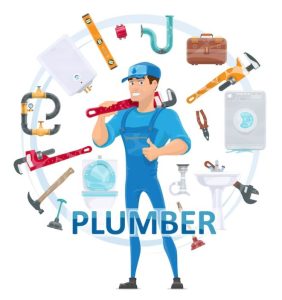
When dealing with a clogged shower drain, sometimes it’s best to call in a professional plumber. Here are some situations in which it’s recommended to seek professional help:
When to Call a Plumber
- Multiple drains and toilets in the home are draining slowly or backing up.
- The clog is too deep for DIY methods to fix.
- The clog is caused by a more serious issue, such as tree roots in the pipes or a collapsed pipe.
- The homeowner is uncomfortable or inexperienced with DIY plumbing.
In these situations, a professional plumber can quickly and efficiently diagnose and fix the problem. They have the necessary tools and experience to handle even the most difficult clogs and plumbing issues.
Cost Considerations
The cost of hiring a plumber to fix a clogged shower drain can vary depending on several factors, such as the severity of the clog and the location of the home. On average, homeowners can expect to pay between $100 and $300 for a plumber to unclog a shower drain.
While this may seem expensive, it’s important to consider the potential costs of not fixing the problem. A clogged drain can cause water damage to the home and lead to more serious plumbing issues down the line. In the long run, it may be more cost-effective to hire a professional plumber to fix the problem right away.
Overall, while it may be tempting to try to fix a clogged shower drain on your own, sometimes it’s best to seek professional help. When in doubt, it’s always better to err on the side of caution and call in a plumber to ensure the problem is fixed correctly and efficiently.
Frequently Asked Questions
What is the best way to unblock a shower drain?
The best way to unblock a shower drain depends on the cause of the blockage. If the blockage is caused by hair, a drain snake or plunger may be effective. For more stubborn blockages, a chemical drain opener may be necessary. However, it is important to use these products carefully and follow the instructions on the label. It is also recommended to wear gloves and eye protection when using chemical drain openers.
Can you put Drano down a shower drain?
While Drano can be effective at unclogging a shower drain, it is not recommended. Drano contains harsh chemicals that can damage pipes and fixtures. It can also be dangerous if it comes into contact with skin or eyes. If you do choose to use Drano, be sure to follow the instructions carefully and use it sparingly.
How to unclog a shower drain with baking soda and vinegar?
Baking soda and vinegar can be an effective and natural way to unclog a shower drain. Start by pouring a pot of boiling water down the drain. Then, sprinkle a cup of baking soda down the drain and let it sit for several minutes. Next, pour a mixture of one cup of vinegar and one cup of hot water down the drain. Cover the drain with a drain plug or rag and let the mixture sit for at least 30 minutes. Finally, pour another pot of boiling water down the drain to flush out any remaining debris.
